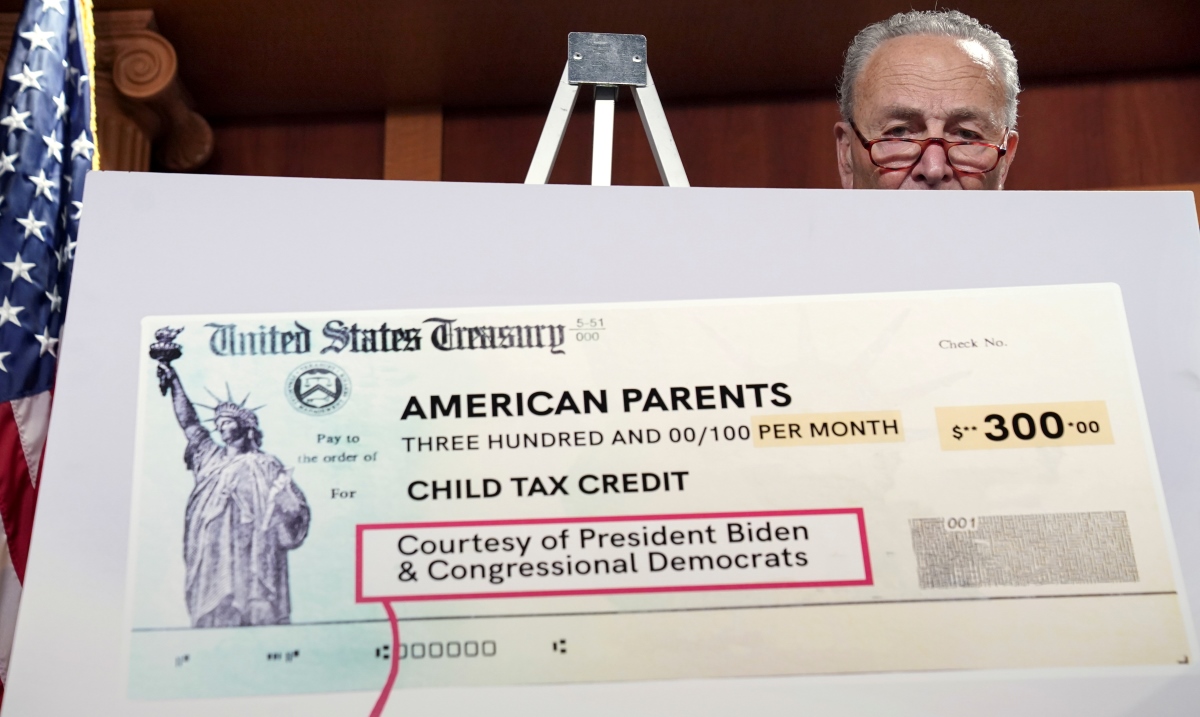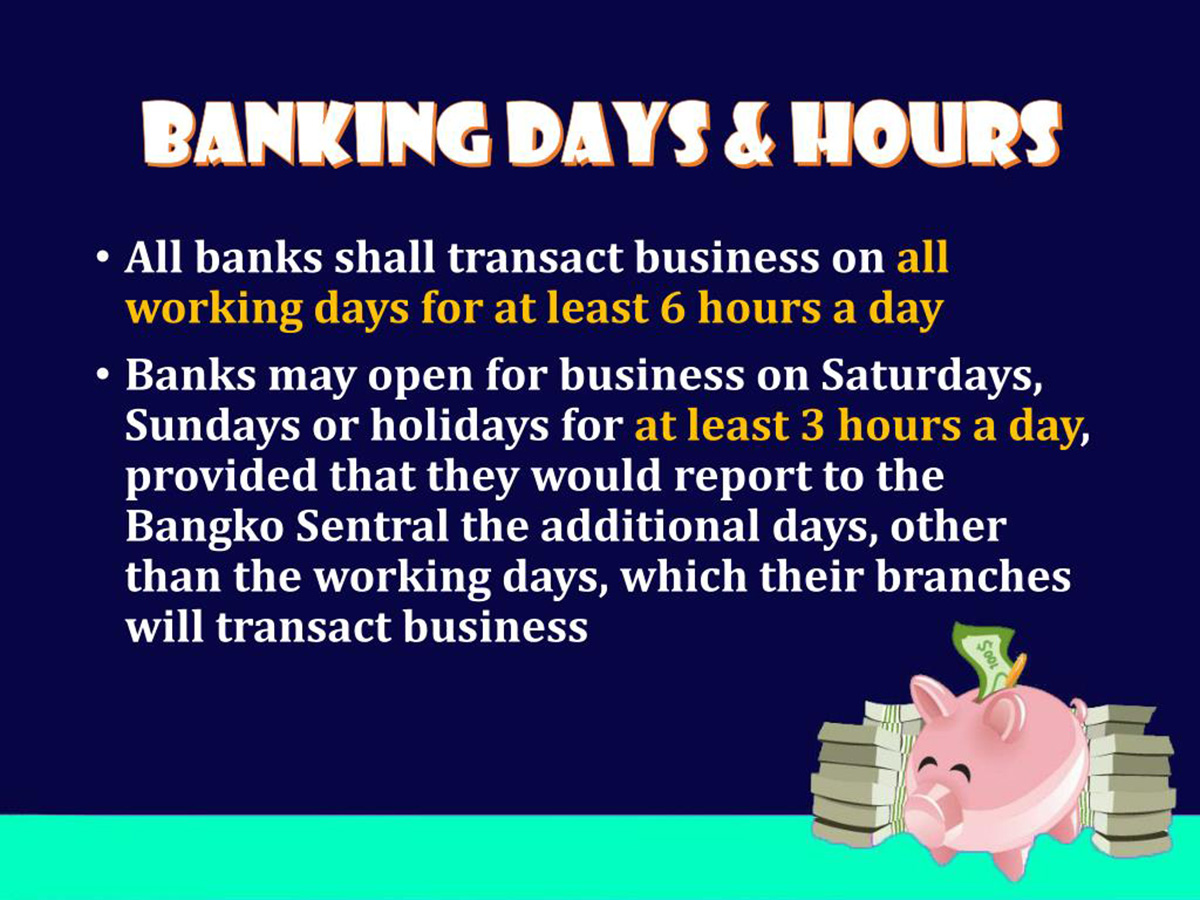

Finance
What Is A Child Rider In Life Insurance?
Published: October 16, 2023
Discover the benefits of adding a child rider to your life insurance policy. Secure your family's financial future with this smart financial move.
(Many of the links in this article redirect to a specific reviewed product. Your purchase of these products through affiliate links helps to generate commission for LiveWell, at no extra cost. Learn more)
Table of Contents
Introduction
Life insurance is a crucial financial tool that provides protection and financial security to individuals and their loved ones in the event of an unfortunate tragedy. While the primary purpose of life insurance is to offer a death benefit to the policyholder’s beneficiaries, there are various riders available that can enhance the coverage and provide additional benefits.
One such rider is the Child Rider, which is designed to provide coverage for a policyholder’s children. As a parent, ensuring the well-being and security of our children is of utmost importance. By adding a Child Rider to a life insurance policy, parents can gain peace of mind knowing that their children are protected financially in the event of an unexpected loss.
The Child Rider is an optional add-on to a life insurance policy and is available from most insurance companies. It offers coverage for minor children, usually up to a certain age, depending on the insurance provider’s terms and conditions.
In this article, we will delve into the definition of a Child Rider, explore its purpose, discuss the coverage and benefits it offers, look at the eligibility criteria, examine the cost and premiums involved, highlight any limitations and exclusions, and finally, consider alternatives to Child Riders.
Let’s begin by understanding the Child Rider in more detail and how it can provide added protection for your children.
Definition of a Child Rider
A Child Rider is an additional feature or add-on to a life insurance policy that provides coverage and benefits specifically for the insured’s children. It allows the policyholder to extend the life insurance coverage to their dependent children, ensuring that they are protected financially in the event of the child’s untimely death.
The Child Rider typically provides a death benefit if the insured child passes away during the term of the policy. This benefit can help alleviate the financial burden that may arise from funeral expenses, medical bills, or other unforeseen costs that may arise in such tragic circumstances.
It is important to note that a Child Rider differs from a stand-alone life insurance policy for a child. With a Child Rider, the coverage is added to the existing life insurance policy held by the parent or guardian, while a stand-alone policy would be separate and independent from the parent’s policy.
The coverage provided by a Child Rider is usually available until the child reaches a certain age, which may vary depending on the insurance company’s terms and conditions. Some policies may offer coverage until the child turns 18, while others may extend it until the child reaches 21 or even 25 years of age.
It is essential to review the specific details of the Child Rider with your insurance provider to understand the coverage limits, age restrictions, and any additional terms and conditions that may apply. This will ensure that you have a clear understanding of what the Child Rider entails and how it can benefit your family.
Adding a Child Rider to your life insurance policy is a proactive step towards protecting your children’s future. It provides financial support during one of the most challenging times a parent can face and can help cover the financial implications that arise from the loss of a child.
Now that we have defined what a Child Rider is, let us explore the purpose it serves and the benefits it offers.
Purpose of a Child Rider
The primary purpose of a Child Rider in a life insurance policy is to provide an extra layer of financial protection for your children. It offers peace of mind to parents, knowing that their children will be taken care of financially in the event of an unexpected tragedy.
One of the key purposes of a Child Rider is to cover the costs associated with a child’s funeral and final expenses. The death of a child can be emotionally devastating, and the additional financial burden of funeral and burial costs can compound the difficulties faced by grieving parents. The Child Rider can help ease this burden by providing funds to cover these expenses.
In addition to funeral expenses, a Child Rider can also provide financial support to help parents cope with medical bills or any outstanding debts that may have accumulated due to the child’s illness or medical treatment. This can help prevent parents from experiencing further financial strain during an already difficult time.
Furthermore, a Child Rider can also serve as a financial safety net for parents in case they need to take time off work or reduce their work hours to cope with the emotional toll of losing a child. It can help replace any lost income or provide funds to cover ongoing household expenses, ensuring that parents have the necessary financial support during their grieving process.
Another important purpose of a Child Rider is to secure future insurability for the child. While no parent wants to think about the possibility of their child developing a serious medical condition, it is a reality that some children may face health issues later in life. By including a Child Rider, parents can secure insurance coverage for their child at an early age, which can be invaluable if the child develops a medical condition that may make it difficult or expensive to obtain life insurance in the future.
Overall, the purpose of a Child Rider is to provide parents with peace of mind, knowing that their children will be financially protected in the face of an unthinkable loss. It offers financial support during difficult times, covers immediate expenses, and helps secure the child’s future insurability.
Now that we understand the purpose of a Child Rider, let’s explore the coverage and benefits it offers.
Coverage and Benefits
Adding a Child Rider to your life insurance policy extends the coverage to your children, providing them with certain benefits and financial protection. The specific coverage and benefits may vary depending on the insurance company and the terms of the policy, but here are some common aspects to consider:
Death Benefit: In the unfortunate event of the insured child’s death, the Child Rider typically provides a death benefit. This benefit can help cover funeral expenses, medical bills, or other immediate financial obligations that arise as a result of the child’s passing.
Convertible Coverage: Some Child Riders offer the option to convert the coverage into a separate policy on the child’s behalf once they reach a certain age, typically between 18 and 25 years old. This conversion feature allows the child to continue the life insurance coverage as an adult, regardless of their health status at that time.
Guaranteed Insurability: Many Child Riders include a provision that guarantees the child’s insurability in the future, even if they develop a medical condition later in life. This can be beneficial as it ensures that the child will have access to life insurance, regardless of their health status, making it easier and more affordable to obtain coverage later on.
Accelerated Benefits: Some Child Riders may allow for the acceleration of a portion of the death benefit in the event that the child is diagnosed with a terminal illness. This feature can provide much-needed financial support to the family during a difficult time and help cover medical expenses or other related costs.
Additional Riders or Options: Depending on the insurance company, there may be additional riders or options available within the Child Rider itself. These could include coverage for critical illnesses or disabilities specific to children, further enhancing the level of protection and support provided to your child.
It is important to carefully review the coverage and benefits offered by the Child Rider with your insurance provider. Understand the terms, limitations, and any applicable exclusions to ensure that the insurance policy meets your specific needs and requirements.
Now that we have explored the coverage and benefits of a Child Rider, let’s move on to understanding the eligibility criteria and requirements for adding a Child Rider to your life insurance policy.
Eligibility and Criteria
The eligibility criteria for adding a Child Rider to a life insurance policy may vary depending on the insurance company. However, there are some common criteria and requirements to consider:
Policies: Typically, a Child Rider can be added to a whole life insurance policy or a permanent life insurance policy. It is important to check with your insurance provider to see if the option of adding a Child Rider is available for your specific policy.
Age Limit: Most insurance companies have an age limit for adding a Child Rider. The child is usually eligible for coverage from the moment they are born until a certain age, which is often between 18 and 25 years old.
Coverage Limit: Insurance companies may have a coverage limit for the Child Rider, which specifies the maximum amount of coverage that can be included. This limit can vary between insurance providers, so it is important to verify the specific details with your insurer.
Insurable Interest: Insurable interest is a key requirement for adding a Child Rider. The policyholder must demonstrate a financial interest in the child’s life or well-being. This requirement ensures that the Child Rider is not used for speculative purposes.
Parent/Guardian as Policyholder: Usually, the parent or legal guardian of the child must be the policyholder of the life insurance policy to add a Child Rider. The Child Rider is an extension of the parent’s policy, and therefore, they must be the primary policyholder.
Medical Underwriting: In many cases, a Child Rider does not require any medical underwriting or a medical exam for the child. However, some insurance companies may require limited medical information or ask a few health-related questions about the child’s medical history.
It is important to consult with your insurance agent or provider to confirm the eligibility criteria and requirements for adding a Child Rider to your life insurance policy. They will be able to provide you with specific details and guide you through the process.
Now that we have discussed the eligibility criteria, let’s explore the cost and premiums associated with a Child Rider.
Cost and Premiums
The cost and premiums associated with a Child Rider will vary depending on several factors, including the insurance company, the type of life insurance policy, and the coverage amount. Here are some important points to consider:
Additional Premium: Adding a Child Rider to your life insurance policy will result in an additional premium. The exact cost will depend on various factors, such as the age of the child, the coverage amount, and the specific terms of the policy. It is crucial to understand the cost implications and budget accordingly.
Incremental Cost: The additional premium for a Child Rider is generally relatively affordable compared to the overall premium of the life insurance policy. Insurance companies typically offer Child Riders at a lower cost since the chances of a child passing away are statistically low.
Premium Structure: The premiums for a Child Rider could be structured in different ways. It could be a level premium, meaning that the premium remains the same throughout the duration of the policy, or it could be a graded premium, where the premium gradually increases over time. Understanding the premium structure is essential to plan your long-term budget.
Payment Duration: The premium payment duration for a Child Rider will depend on the coverage period specified in the life insurance policy. In most cases, the premium payments continue until the child reaches a certain age, such as 18 or 25 years old.
Cost-Benefit Analysis: It is crucial to conduct a cost-benefit analysis to determine if adding a Child Rider is financially viable and beneficial for your family. Consider the potential benefits the rider offers and compare them to the cost of the additional premium. Assess your individual circumstances and financial goals to make an informed decision.
When discussing the cost and premiums with your insurance provider, be sure to ask about any potential discounts or promotions that may be available. Some insurance companies offer incentives for adding a Child Rider or provide bundled rates for multiple policyholders within the same family.
Remember that the cost of a Child Rider should be viewed within the context of the benefits it provides. It is an investment in the financial security of your child and the peace of mind it offers during difficult times.
Now that we have covered the cost and premiums associated with a Child Rider, let’s explore any limitations and exclusions that may apply to the coverage.
Limitations and Exclusions
While a Child Rider provides valuable coverage and benefits for your children, it is important to be aware of any limitations and exclusions that may apply. These limitations and exclusions can vary depending on the insurance company and the specific terms of the policy. Here are some common considerations:
Age Restrictions: Child Riders typically have age restrictions, specifying the maximum age at which the coverage is applicable. Once the child exceeds the specified age limit, the coverage provided by the Rider will no longer be in effect. Review the policy terms to understand the age limitations and ensure that your child will have coverage during the desired duration.
Death Cause Exclusions: Some Child Riders may have exclusions for certain causes of death. Common exclusions can include death resulting from suicide within the first few years of the policy, death due to self-inflicted injuries, or death caused by engaging in hazardous activities. Understand these exclusions to know the circumstances in which the Child Rider’s coverage may not apply.
Pre-Existing Conditions: Certain pre-existing health conditions may not be covered under a Child Rider. It is important to disclose any known medical conditions or illnesses that your child may have when applying for the Rider. Insurance companies may exclude coverage for specific pre-existing conditions or may impose waiting periods before the coverage becomes effective.
Policy Conversion Limitations: If the Child Rider offers a conversion option to a separate policy for the insured child, there may be limitations on the available coverage types or maximum coverage amounts. Familiarize yourself with the conversion options and any associated limitations to ensure you have a clear understanding of the future options available for your child.
Termination of Coverage: The Child Rider coverage will typically terminate upon reaching the specified age limit or when the policyholder terminates the base life insurance policy. Be aware of the termination provisions and understand the impact they may have on the coverage for your child.
It is essential to thoroughly review the limitations and exclusions section of the Child Rider policy. Discuss any concerns or questions with your insurance provider to ensure that you have a clear understanding of what is covered and what is excluded under the Rider.
Now that we have discussed the limitations and exclusions, let’s explore the advantages and considerations of adding a Child Rider.
Advantages and Considerations
Adding a Child Rider to your life insurance policy offers several advantages and considerations that are important to understand. Here are some key points to consider:
Financial Protection: A Child Rider provides an additional layer of financial protection for your children. In the unfortunate event of a child’s death, the Rider can help cover immediate expenses, such as funeral costs, medical bills, or outstanding debts, alleviating the financial burden on the family during an already difficult time.
Future Insurability: By including a Child Rider, you can secure future insurability for your child. This means that your child will have the option to convert the coverage into a separate policy once they reach a specific age, regardless of their health status at that time. This can be invaluable if your child develops a medical condition that may make it challenging to obtain life insurance in the future.
Medical Underwriting Simplified: Most Child Riders do not require extensive medical underwriting or a medical exam for the child. This simplifies the process and makes it easier to add the Rider to your policy. However, be aware that disclosing any known medical conditions or illnesses is still important to ensure accurate coverage.
Peace of Mind: One of the primary advantages of a Child Rider is the peace of mind it provides to parents. Knowing that your child is protected financially in the event of an untimely tragedy can bring comfort during uncertain times. It allows you to focus on your child’s well-being and emotional healing without the added worry of financial burdens.
Cost-Benefit Analysis: When considering a Child Rider, it is essential to conduct a cost-benefit analysis. Assess the premium cost in relation to the coverage and benefits provided by the Rider. Consider your individual financial situation, future plans, and the value you place on the added protection for your child.
Policy Flexibility: Adding a Child Rider to your life insurance policy provides flexibility by allowing you to customize your coverage to meet your family’s specific needs. You can tailor the coverage amount and choose the duration of coverage that aligns with your goals and circumstances.
Complementary Add-Ons: Some insurance companies offer additional riders or options within the Child Rider itself. These may include coverage for critical illnesses or disabilities specific to children. Exploring these complementary add-ons can enhance the overall protection and benefits you provide for your child.
While the advantages of a Child Rider are significant, it is important to consider your unique circumstances and financial goals. Evaluate your budget, your child’s health condition, and your long-term insurance needs to determine if adding a Child Rider is the right choice for your family.
Now, let’s explore some alternatives to Child Riders that you may consider for providing financial protection for your children.
Alternatives to Child Riders
While Child Riders are a popular option for extending coverage to your children, there are also alternative approaches to consider for providing financial protection. Here are some alternatives to Child Riders:
Separate Life Insurance Policy: Instead of adding a Child Rider to your own life insurance policy, you can explore the option of purchasing a separate life insurance policy specifically for your child. This allows you to tailor the coverage and benefits to their individual needs and gives you more control over the policy terms.
Family Rider: Some life insurance policies offer a Family Rider, which provides coverage for multiple family members, including children. This type of rider can offer a more comprehensive approach by extending coverage to both you and your children under a single rider, often at a more affordable cost compared to individual policies.
Child-Specific Policies: There are insurance companies that offer stand-alone life insurance policies designed specifically for children. These policies are independent of any parent’s policy and allow you to provide coverage and financial protection solely for your child. These policies often come with lower coverage amounts and lower premiums compared to adult policies.
Education Savings Account: Instead of focusing solely on life insurance, you can consider setting up an education savings account, such as a 529 plan, for your child’s future educational expenses. This provides a long-term investment opportunity while also ensuring financial support for their education.
Health Insurance: Another important aspect of financial protection for children is health insurance coverage. Ensuring that your child has adequate health insurance can provide a safety net for medical expenses and treatments, which can have a significant impact on the overall well-being of your child.
Emergency Fund: Building an emergency fund specifically earmarked for unforeseen expenses related to your child’s well-being can also be an alternative approach. This fund can help cover unexpected medical costs or other expenses that may arise during a time of crisis or unfortunate event.
It is important to carefully weigh your options, considering factors such as cost, coverage, long-term goals, and flexibility. Each alternative has its own advantages and limitations, so it’s essential to assess what aligns best with your family’s needs and preferences.
Now that we have explored the alternatives to Child Riders, let’s wrap up our discussion.
Conclusion
When it comes to securing the financial well-being of your children, considering all available options is crucial. A Child Rider in a life insurance policy can provide valuable coverage and benefits, ensuring that your children are protected in the event of an unexpected tragedy. It offers peace of mind, financial support, and future insurability for your child.
However, it’s important to carefully evaluate your individual circumstances and needs. Consider factors such as the cost, eligibility criteria, coverage limitations, and any alternatives that may better suit your requirements.
Whether you choose a Child Rider or explore alternative approaches like separate policies, family riders, or savings accounts, the key is to prioritize the long-term financial security of your children. By investing in their future, you can provide a safety net that offers protection, peace of mind, and support during challenging times.
Be sure to consult with your insurance provider, ask pertinent questions, and thoroughly review the terms and conditions before making a decision. Understand the benefits, limitations, and any exclusions that may apply, ensuring that you are making an informed choice that aligns with your family’s needs and financial goals.
Remember, adding a Child Rider or choosing an alternative approach is a proactive step towards protecting your children’s future. It reflects your commitment as a parent in providing them with the security and support they deserve.
Ultimately, the decision lies in your hands as you assess what is best for your family. By taking the necessary steps to secure their financial well-being, you are setting the foundation for a brighter and more secure future for your children.
Now armed with knowledge about Child Riders, alternative options, and the considerations involved, you can make an informed decision that brings you peace of mind and ensures your children’s financial protection.














